Measuring the Quality of Prison Life (MQPL) Surveys 2022-23
Data Dashboard
This dashboard, developed by the Center for Criminal Justice (CCJ) at Loyola University Chicago in collaboration with JHA, reflects responses to the Measuring the Quality of Prison Life survey in Illinois. (Scroll further down to learn more about our survey and this dashboard; read our full statement on this dashboard here.)
The Measuring the Quality of Prison Life survey (MQPL) is a detailed survey that gathers prison residents’ views on the quality of life in the facilities where they are held. Originally developed by criminologists at Cambridge University in the early 2000s, the MQPL is routinely used to monitor prison climate and improve prison effectiveness in England, Wales, and other European countries. It yields stable, valid measures of various aspects of a prison’s social environment, including humanity, mutual respect, order, fairness, and staff professionalism, providing prison administrators and the public with a tangible way to compare institutions, isolate problems, and assess progress toward shared goals.
JHA has been working in recent years with prison monitoring groups in New York and Pennsylvania to bring the MQPL into American prisons. In 2022, by agreement with JHA, the Illinois Department of Corrections (IDOC) made an adapted version of the MQPL available to people in its custody. Surveys were distributed in paper form throughout IDOC’s secure facilities, and more than 8,700 completed surveys from 28 prisons were returned to JHA by mail.
The MQPL questions are organized and scored by dimensions: Harmony, Professionalism, Security, and Well-being & Development.
Harmony relates to interpersonal aspects of the prison experience, including measures of staff-incarcerated people relationships, and humane treatment.
Professionalism delves into how the prison operates, including questions regarding staff professionalism, bureaucratic legitimacy, fairness, and organization and consistency.
Security considers use of authority and safety, asking about supervision and control, incarcerated person’s safety and adaption, as well as drugs and exploitation.
Lastly, Well-being & Development explores personal development, feelings of pain, and stress, and environmental factors that promote crime desistance and preparation for release.
JHA’s survey also included questions on demographics of respondents, some additional MQPL questions outside of these dimensions, questions asked in previous JHA surveys, and open-ended questions.
Complete result reports by prison can be found here, along with results from a companion Staff Quality of Life Survey (SQL).
CCJ worked with JHA to analyze survey responses and create an online dashboard showing MQPL results in a comprehensible visual format. The dashboard allows users to compare institutions across various MQPL dimensions, to focus in on particular issues like staff-resident relationships, and to filter results by demographic and other characteristics.
